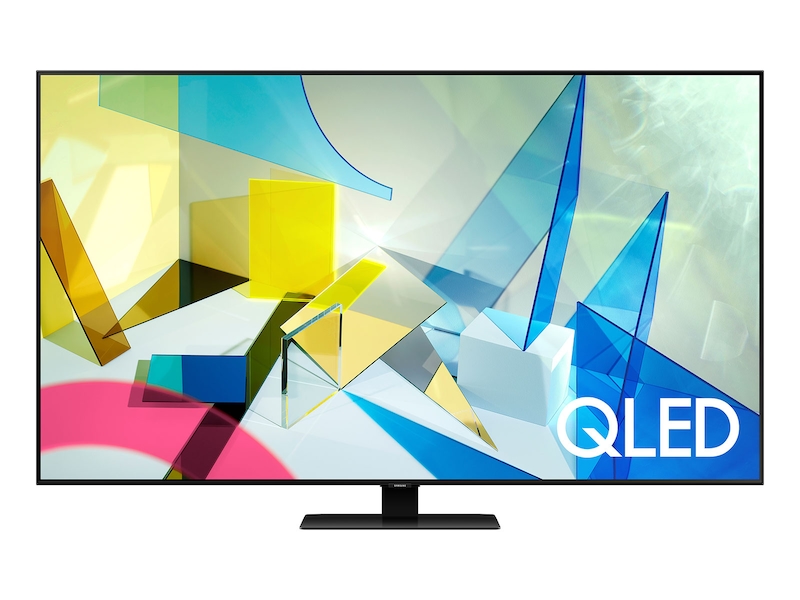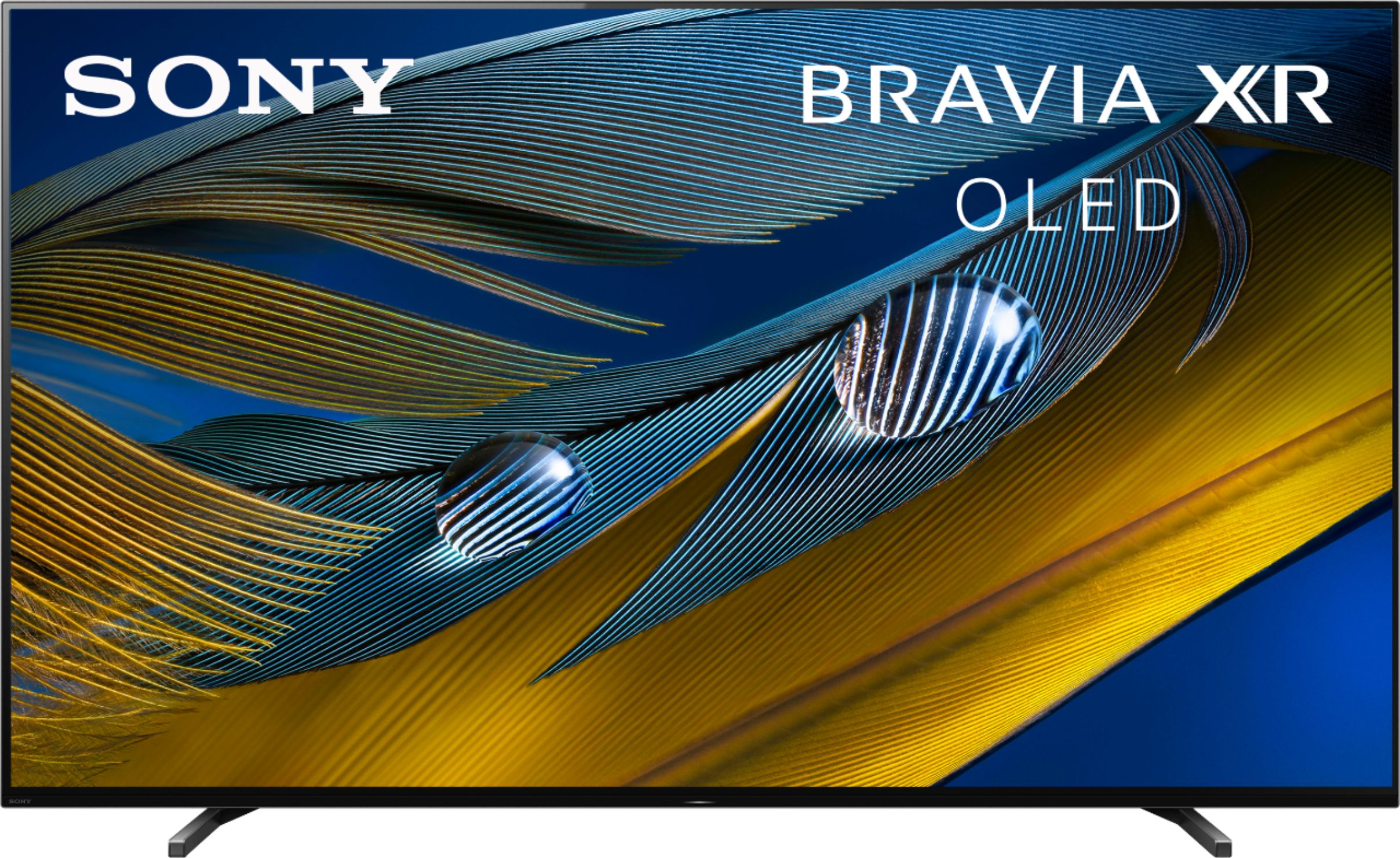If you’re in the market for a new television, you’ve probably heard of both Sony OLED TVs and Samsung QLEDs. But which one should you go with? Let’s take a closer look at both technologies to see which is the best choice for your home.
Sony OLED vs Samsung QLED Technology
 Let’s start by taking a look at the technology behind each type of television. Sony’s OLED (Organic Light-Emitting Diode) technology uses organic compounds that emit light when an electric current is applied to them. This means that each pixel on an OLED screen emits its own light, resulting in deep blacks and vibrant colors. Samsung’s QLED (Quantum Dot LED) technology also produces vibrant colors, but instead of using organic compounds it relies on tiny nanoparticles called quantum dots. These particles are capable of converting light into different colors, allowing for unprecedented color accuracy and brightness levels.
Let’s start by taking a look at the technology behind each type of television. Sony’s OLED (Organic Light-Emitting Diode) technology uses organic compounds that emit light when an electric current is applied to them. This means that each pixel on an OLED screen emits its own light, resulting in deep blacks and vibrant colors. Samsung’s QLED (Quantum Dot LED) technology also produces vibrant colors, but instead of using organic compounds it relies on tiny nanoparticles called quantum dots. These particles are capable of converting light into different colors, allowing for unprecedented color accuracy and brightness levels.

